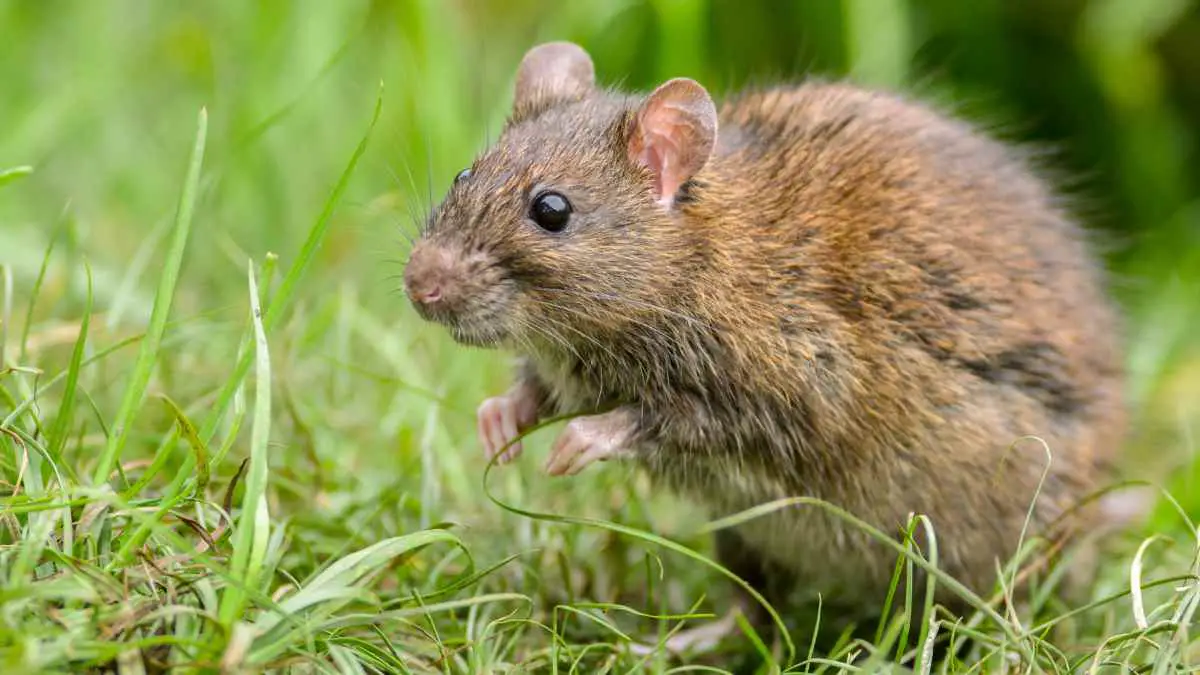A rat infestation is enough to make even the most experienced gardener throw in the towel!
You have spent hours planning, planting, and caring for your garden. You’ve nurtured your plants, fed them, and watched them grow into flourishing greenery.
Then, you notice gnaw marks on your vegetables, holes in your flowers, and little droppings that tell you that rats have invaded your garden. Discouraging, right?
But don’t worry; we’ve got you covered!
This post will take you through ten simple strategies for effective rat control in your garden. These strategies are tried and tested and will help you protect your garden from the ravages of these pesky rodents.
So, without further ado, let’s dive in and learn how to keep those rats at bay!
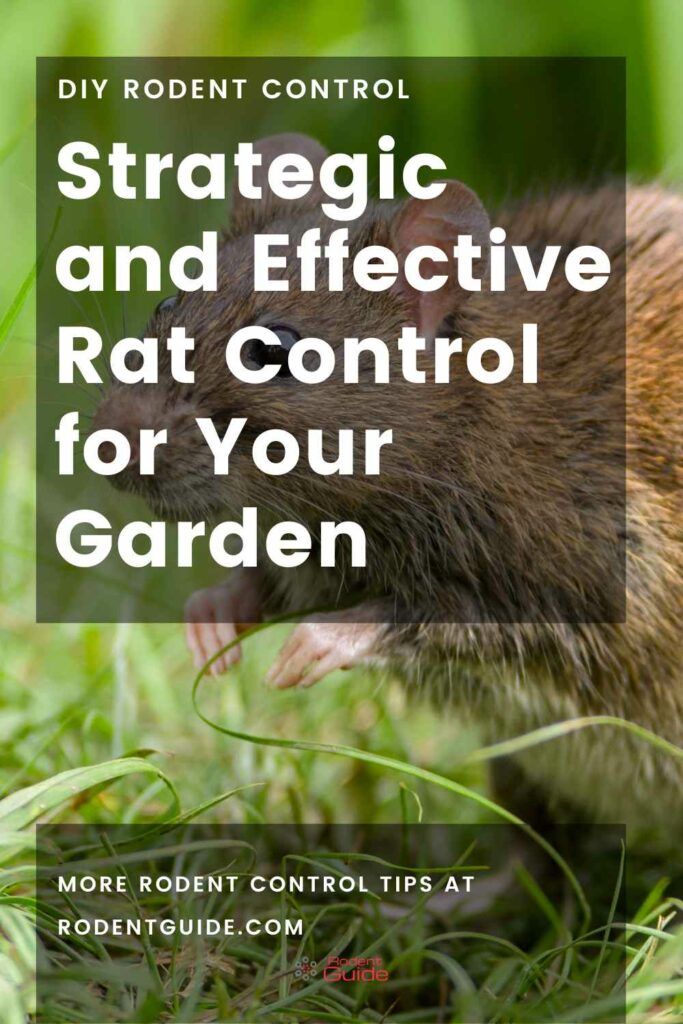
Understand Your Enemy: Know the Rats
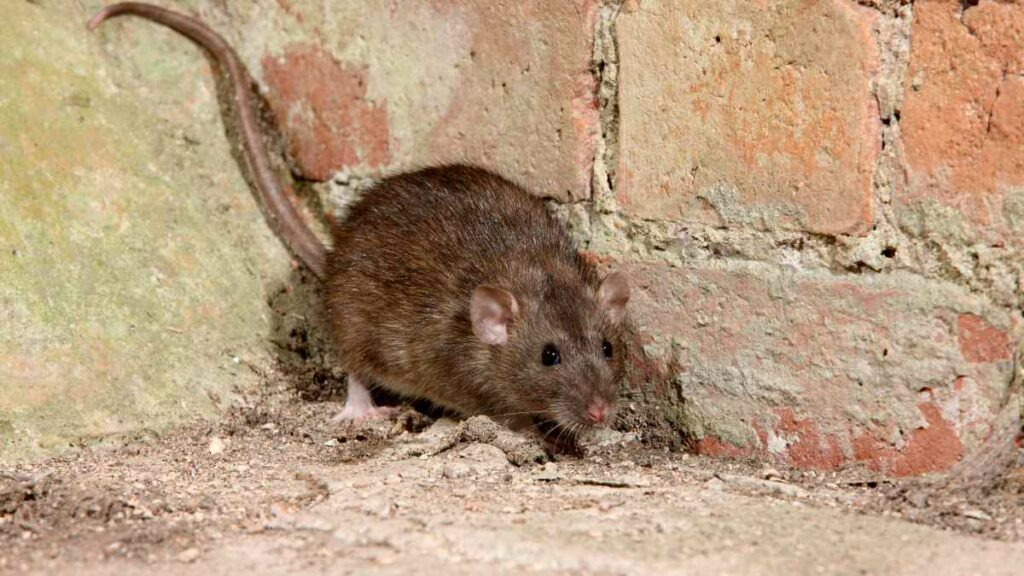
First, you must understand your enemy to control rats in your garden effectively.
Rats are intelligent creatures that can adapt quickly to different environments, which makes them challenging to control.
However, by understanding their behavior and habitat and identifying signs of their presence, you can take the necessary steps to prevent them and other rodents from entering and infesting your garden.
Common types of rats found in gardens
The Norway rat and the roof rat are two common types of rats in gardens.
The Norway rat is a burrower and can weigh up to 1 pound, it usually nests in the ground and is commonly found in sewers and basements.
The roof rat, on the other hand, is an excellent climber and is often found in trees, attics, and roofs. It weighs around 8 ounces and prefers to nest in higher locations.
Rat behavior and habitat
Rats are nocturnal creatures and are most active at night. They are omnivores and will eat almost anything, from fruits and vegetables to meat and garbage.
Additionally, rats can squeeze through small openings, making it easy for them to enter your garden.
And lastly, they love to burrow and nest in warm, dry places and can often be found in compost piles, brush piles, and around tree roots.
Signs of Rats in the Garden
It is possible to know if you have rats in your garden because they leave several signs of their presence, such as droppings, gnaw marks, and burrows.
Rat droppings are small and dark; you can often find them near food sources or nesting sites.
Gnaw marks on fruits, vegetables, and plants also indicate rat activity. Burrows are small holes in the ground, often found near trees or buildings, and are a sign of Norway rat activity.
Now that you know more about what’s attracting rodents and their behavior, let’s move on to the strategies you can use to control them in your garden.
Prevention Techniques: How to Deter Rats from Entering your Garden
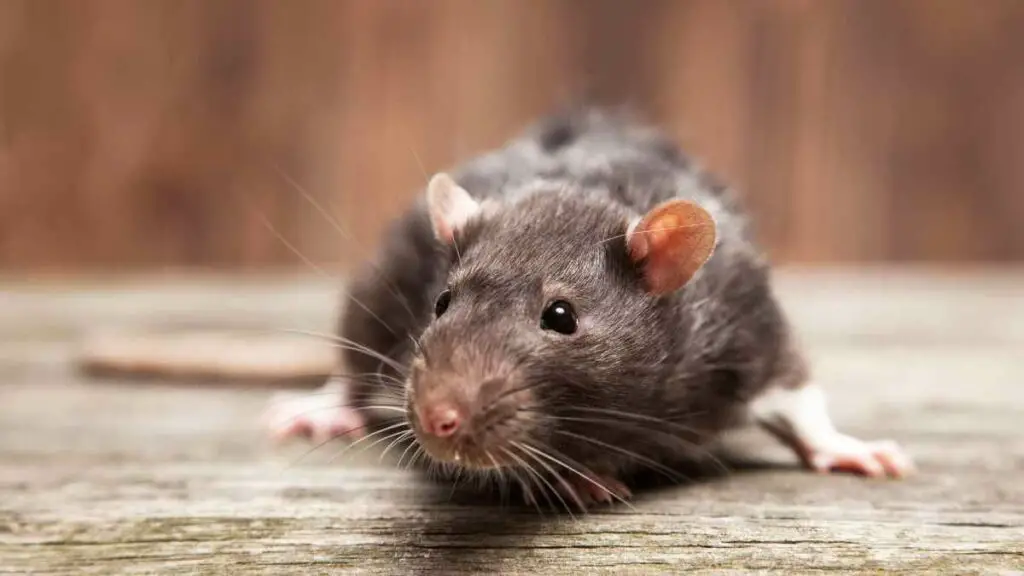
Maintaining Clean Gardens/Garden Sheds
One of the easiest ways to prevent rats from entering your garden is to maintain a clean and tidy garden.
Rats are attracted to food sources, and a garden filled with food waste and debris is a perfect breeding ground for them.
- Regular Garden Maintenance
Regular garden maintenance involves removing fallen fruits, vegetables, or debris. Rats love to nest in piles of debris and soil, so remove any piles of leaves, twigs, or weeds.
- Removing Potential Nesting Materials
As mentioned, rats love burrowing and nailing in warm, dry places. To prevent them from nesting in your garden, remove any potential rodent nesting materials, such as old blankets, piles of hay, or compost piles.
- Removing Food Sources
Rats are attracted to food sources, so remove fallen fruit, pet food, bird feeders, or vegetables from the garden. If you have a compost pile, ensure it’s tightly sealed, so rats can’t access it.
Physical Barriers
Another way through which you can prevent rants from entering your garden is through the use of physical barriers.
Rats are excellent climbers and diggers, so installing physical barriers discourages them from entering your garden.
Here are two simple and effective ways to create physical barriers:
- Wire Mesh Fencing
Wire mesh fencing is an excellent way to keep rats out of your garden. Use a mesh size of 1/4 inch or smaller to prevent rats from squeezing through.
You should also bury the fencing at least six inches deep to prevent rats and mice from digging underneath it.
- Raised Garden Beds
Raised garden beds are another effective preventive measure against rat infestation in your garden.
Make sure you use a sturdy material for the sides of the bed, such as concrete or metal.
Other preventive measures:
Preventing rat infestation in your garden is not limited to maintaining a clean garden and installing physical barriers. You can also use companion planting.
Companion Planting
Some plants have a strong scent that rats find unappealing, while others can attract natural predators that feed on rats.
Plants that repel rats include mint, lavender, rosemary, and daffodils. Plant these seeds throughout your garden to create a natural barrier against rats.
Plants that attract predators include owl clover, California poppy, and yarrow. These plants attract predators such as owls, hawks, and snakes, which can help keep rats at bay.
You may want to be careful with predator-attracting plants, especially if you have pets subject to attacks from these predators.
You can also soak cotton balls in mixtures with rat-deterring smell (e.g., Ammonia) and place them in parts of your garden where you often see the rats.
Trapping and Baiting Techniques: Get Rid of These Garden Pests
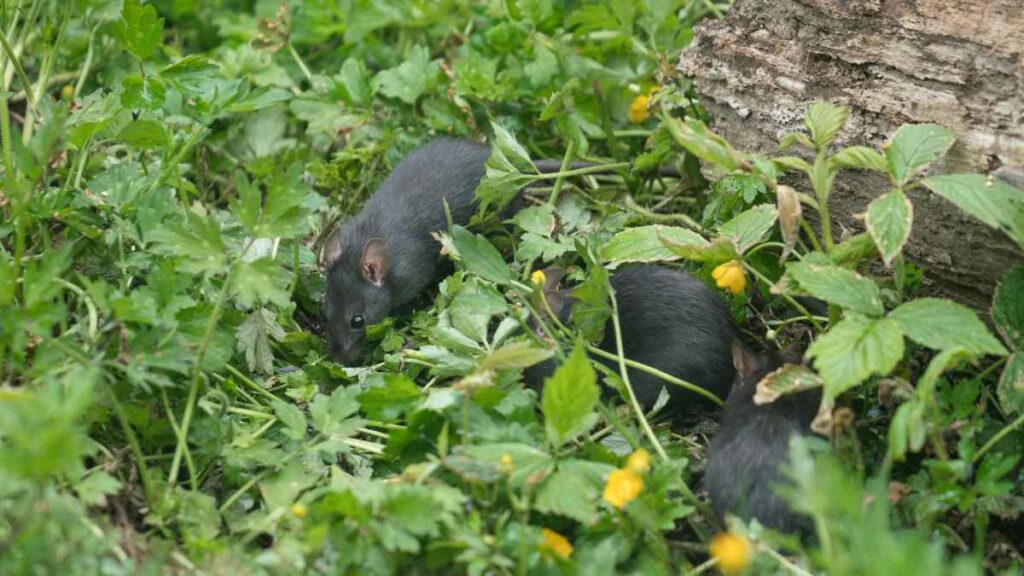
If prevention techniques aren’t enough to deter rats, you may need to resort to trapping and baiting.
Here are some effective methods:
Rat Traps
Traditional snap and live traps are the most humane and effective catching of rats. Snap traps kill the rats instantly, while live traps allow you to release them elsewhere.
Given the risk of catching other wildlife, I prefer to use live-catch traps outside.
Ensure you place the traps where rats are most likely to travel, such as along fences or near compost bins.
Baiting
You should avoid poison baits as they can harm other wildlife and pets that may come into contact with them.
Instead, use natural baits such as peanut butter, bacon, or fruit.
Tips for Successful Rat Control in your Vegetable Garden
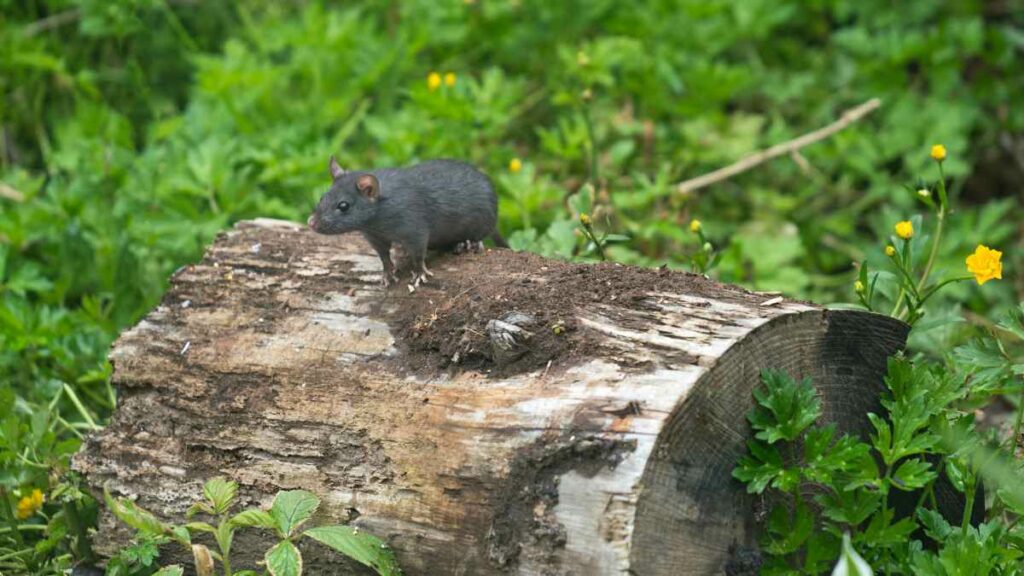
Controlling rats in your garden requires a combination of techniques and a good dose of patience.
Here are some tips to help you succeed:
Timing is Everything
When it comes to rat control, timing is crucial. You need to take action as soon as you notice signs of rat activity in your garden.
The longer you wait, the harder it will be to eliminate them. Rats breed quickly, so a small rodent infestation here can quickly become a big problem.
Consistency is Key
To be effective, you must be consistent in your rat control efforts. This means regularly checking your traps and baits, maintaining your garden, and removing any potential nesting materials or food sources that attract rodents.
Don’t let your guard down even if you’ve eliminated all the rats. Endeavor to keep up your prevention efforts to avoid future infestations.
Always Use Safety Precautions
When handling rat traps, baits, and other control measures, it’s essential to take safety precautions.
Wear gloves and wash your hands thoroughly after handling them. Keep the traps and baits away from children and pets to avoid accidental ingestion.
Proper Disposal of Dead Rats
When you catch a rat, you need to dispose of it properly. Don’t just toss it in the trash or leave it in your garden.
Use gloves to handle the dead rat, and place it in a plastic bag. Seal the bag tightly and dispose of it in an outdoor trash can. Wash your hands thoroughly after handling the dead rat and the bag.
You should also check the local rules for disposing of death wildlife.
Conclusion
Rats can be a serious problem in any garden, but you can effectively control them with the right techniques and a proper understanding of what attracts rats.
Remember to maintain a clean garden, use physical barriers, and employ trapping and baiting techniques. Timing, consistency, safety precautions, and proper disposal of dead rats are also crucial for success.
By implementing these simple strategies, you can protect your garden from rats and enjoy the fruits of your labor.
Don’t let rats ruin your gardening experience! Take action today and reclaim your garden.
Good luck!

